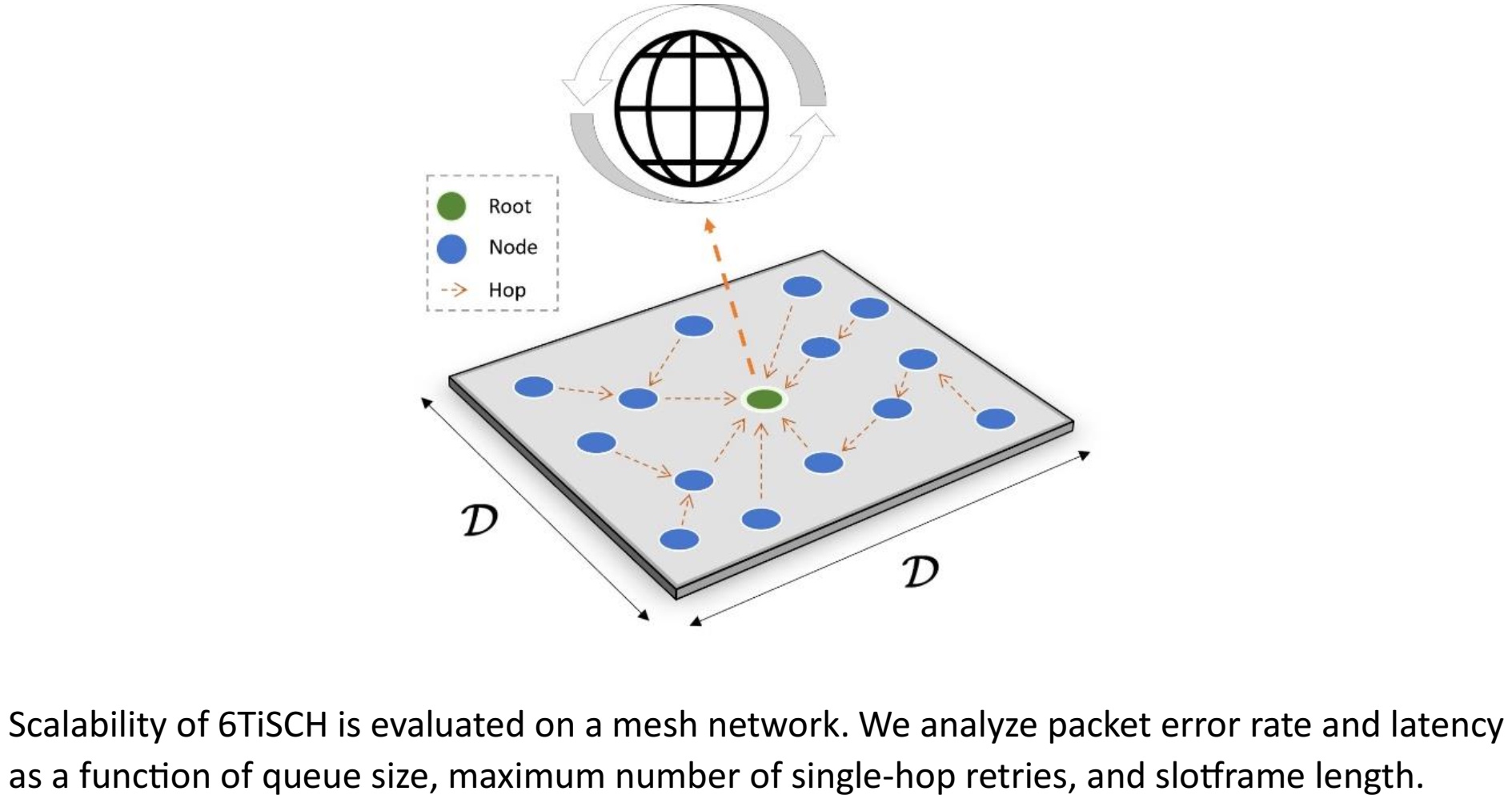Performance Analysis of 6TiSCH Networks Using Discrete Events Simulator
DOI:
https://doi.org/10.14209/jcis.2024.18Keywords:
6TiSCH, TSCH, LPWAN, IoTAbstract
The Internet of Things (IoT) empowers small devices to sense, react, and communicate, with applications ranging from smart ordinary household objects to complex industrial processes. To provide access to an increasing number of IoT devices, particularly in long-distance communication scenarios, a robust low-power wide area network (LPWAN) protocol becomes essential. A widely adopted protocol for this purpose is 6TiSCH, which builds upon the IEEE 802.15.4 standard. It introduces time-slotted channel hopping (TSCH) mode as a new medium access control (MAC) layer operating mode, in conjunction with IEEE 802.15.4g, which also defines both MAC and physical layer (PHY) layers and provides IPv6 connectivity for LPWAN. Notably, 6TiSCH has gained adoption in significant standards such as Wireless Intelligent Ubiquitous Networks (Wi-SUN). This study evaluates the scalability of 6TiSCH, with a focus on key parameters such as queue size, the maximum number of single-hop retries, and the slotframe length. Computational simulations were performed using an open-source simulator and obtained the following results: increasing the transmission queue size, along with adjusting the number of retries and slotframe length, leads to a reduction in the packet error rate (PER). Notably, the impact of the number of retries is particularly pronounced. Furthermore, the effect on latency varies based on the specific combination of these parameters as the network scales.
Downloads

Downloads
Published
How to Cite
Issue
Section
License
Copyright (c) 2024 Guilherme Peron, Marcos Eduardo Pivaro Monteiro, João Luís Verdegay de Barros, Jamil Farhat, Glauber Brante (Author)

This work is licensed under a Creative Commons Attribution-NonCommercial 4.0 International License.
Authors who publish in this journal agree to the following terms:
- Authors retain copyright and grant the journal right of first publication with the work simultaneously licensed under a CC BY-NC 4.0 (Attribution-NonCommercial 4.0 International) that allows others to share the work with an acknowledgment of the work's authorship and initial publication in this journal.
- Authors can enter into separate, additional contractual arrangements for the non-exclusive distribution of the journal's published version of the work (e.g., post it to an institutional repository or publish it in a book), with an acknowledgment of its initial publication in this journal.
- Authors are permitted and encouraged to post their work online (e.g., in institutional repositories or on their website) before and during the submission process, as it can lead to productive exchanges, as well as earlier and greater citation of published work (See The Effect of Open Access).
___________
Accepted 2024-10-09
Published 2024-10-21


